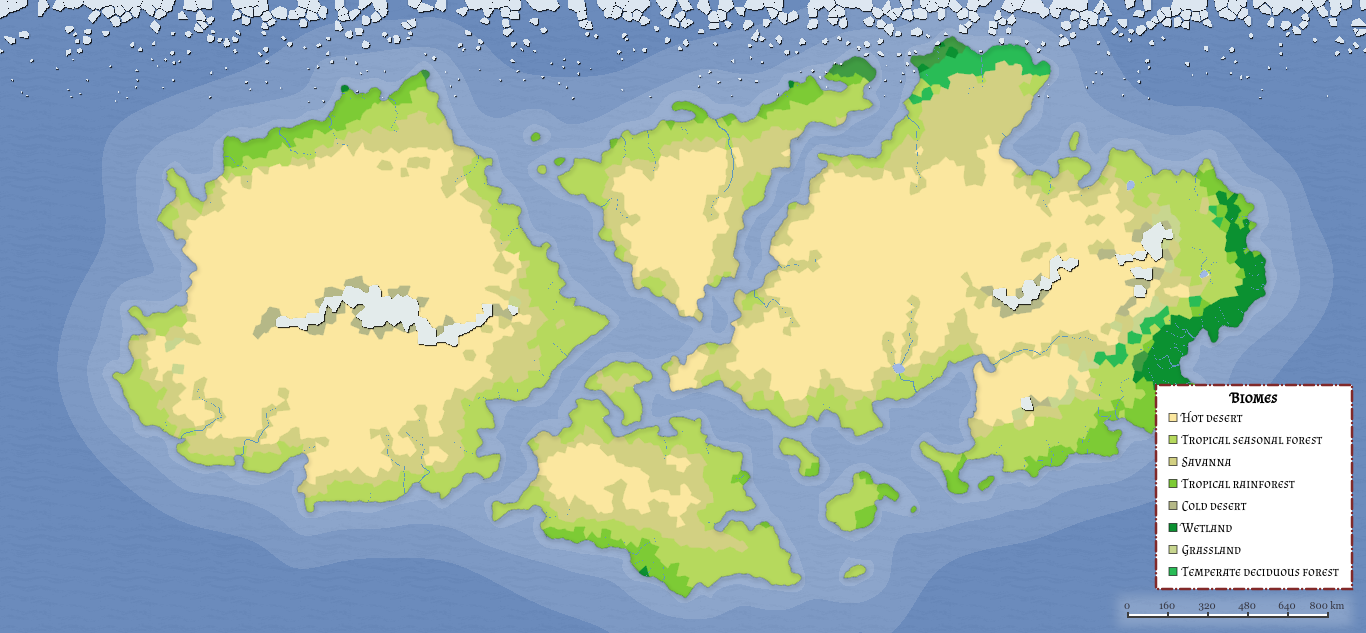Astraia (ah-strey-ah)
Type
Planet
Location under
Included Locations




Comments